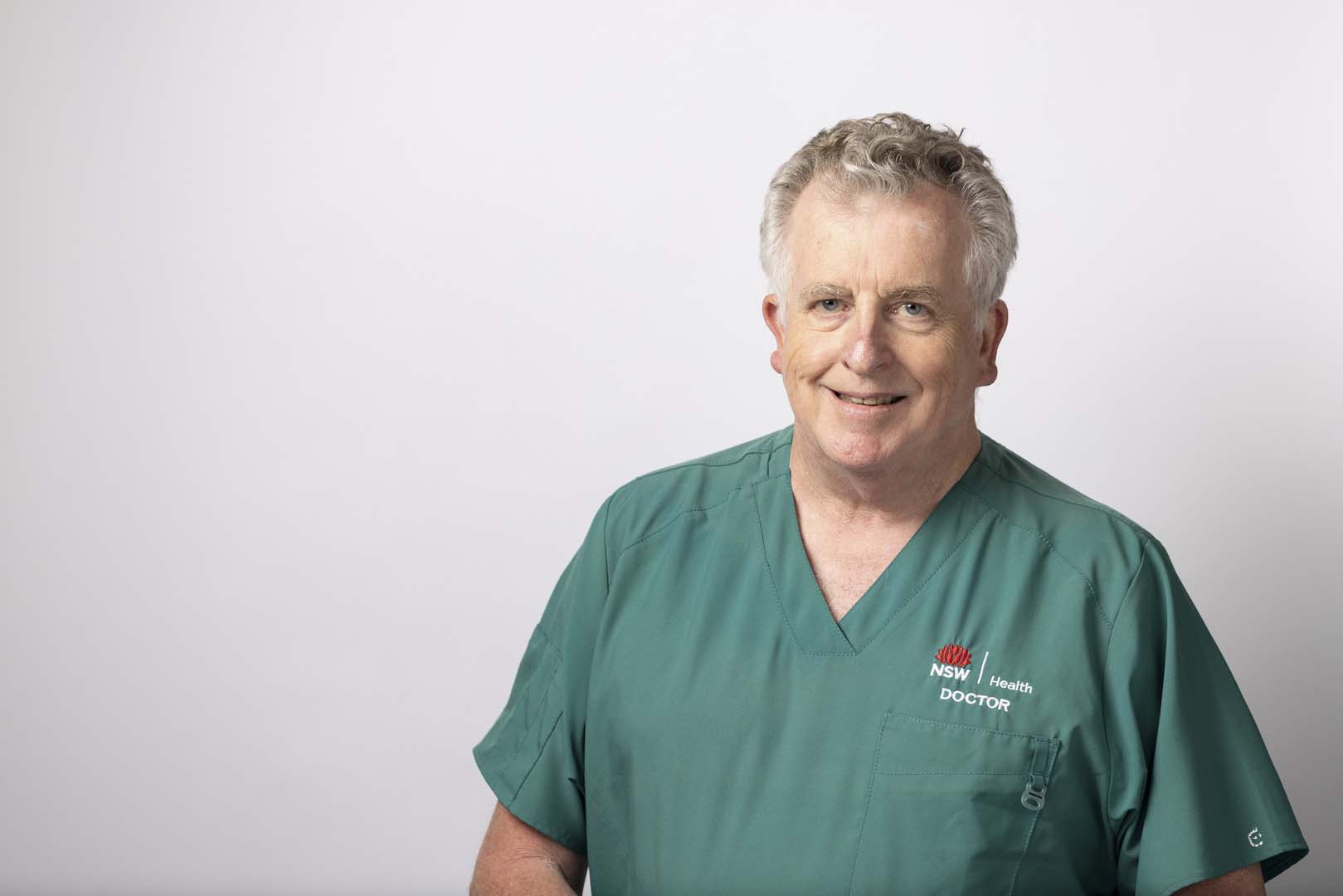In July 2023, Sydney Eye Hospital Foundation was delighted to announce funding for two new innovative research projects that stand to revolutionise treatment and save the sight of thousands of people.

Virtual Reality Assessment
Professor John R Grigg MD and Professor Gregg Suaning PhD, have been awarded $50,000 over two years to further develop a virtual reality (VR) assessment tool they initially piloted at University of Sydney.
The VR technology could be the answer to providing important data relating to the functional impact of inherited retinal disease (IRD). Vision loss associated with the disease affects quality of life and impact on mobility is a main contributor.
“Being able to document how a person functions (functional vision) is different to the measurement of how the eye functions, and it is these two factors that form a whole assessment of quality of life,” explains Professor Grigg.
Due to the slow progression of IRD, change is difficult to measure and translate into functional impact. These are important factors when it comes to preparing scientific documentation for clinical trials – the type of ground-breaking research that shepherds laboratory theory into the real world.
“We are extremely excited to be at the forefront of enabling breakthrough therapies for this previously untreatable group of sight-robbing diseases,” says Professor Grigg.

Gut Microbiome Study
Professor Peter McCluskey AO, Ophthalmology Chair, University of Sydney, has received $50,000 over the next two years to search for an effective treatment for acute anterior uveitis.
To date, the chronic eye inflammation has been resistant to standard treatment regimens. However, researchers have discovered a link to abnormal gut bacteria in people who have a particular genetic profile.
Professor McCluskey will lead a team of investigators to systematically examine the gut microbiome of those who have been identified as HLA-B27 positive at various stages of disease progression. Using cutting edge microbiome technology, they’ll compare those findings with healthy control groups who also carry the gene.
“Building on data previously collected and analysed, I’m excited so see what we discover – our aim is to discover a viable treatment to cure the most common cause of blindness in Australia.” - Professor Peter McCluskey









